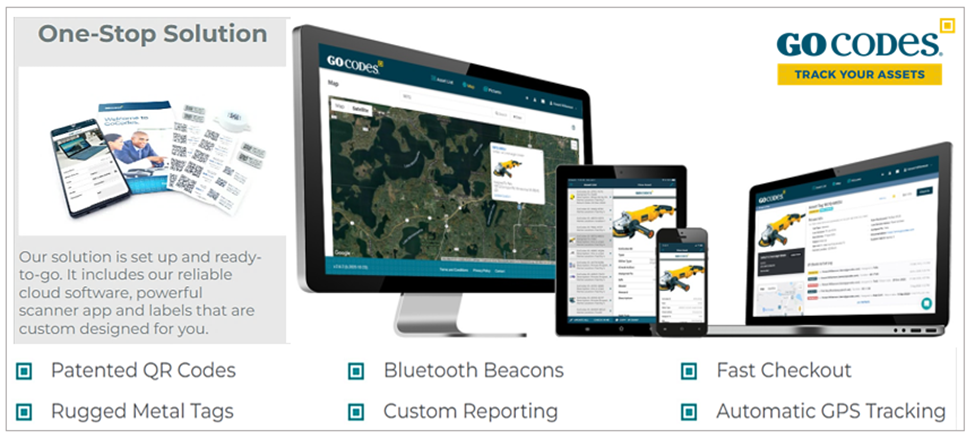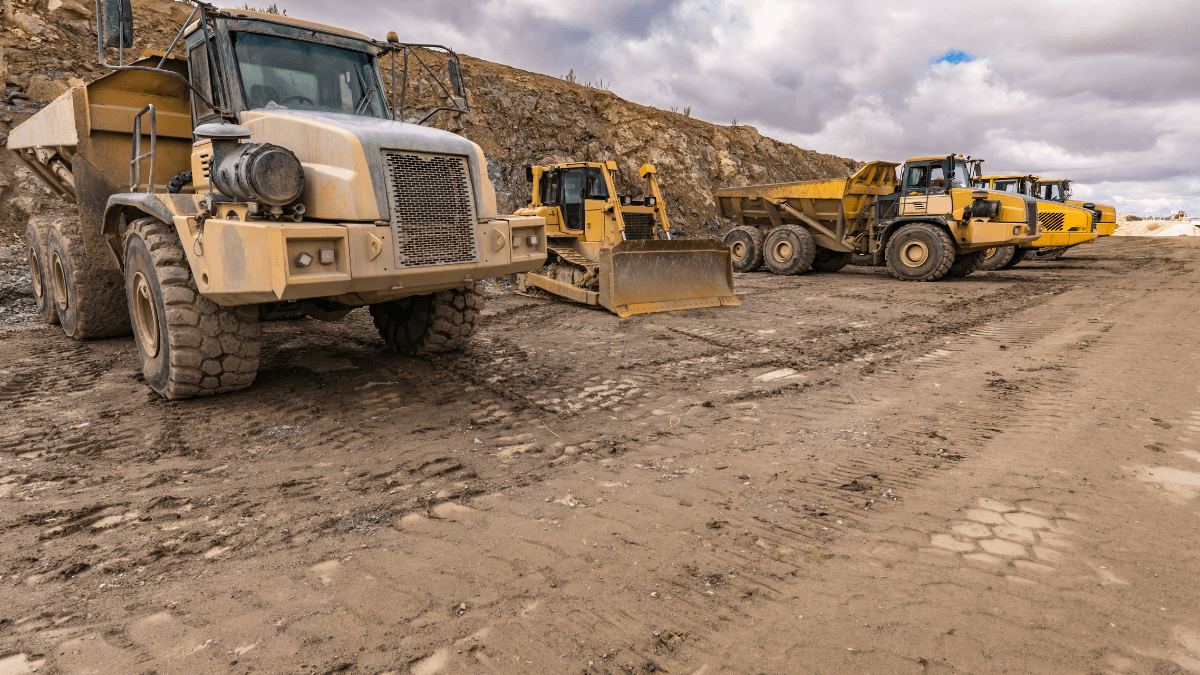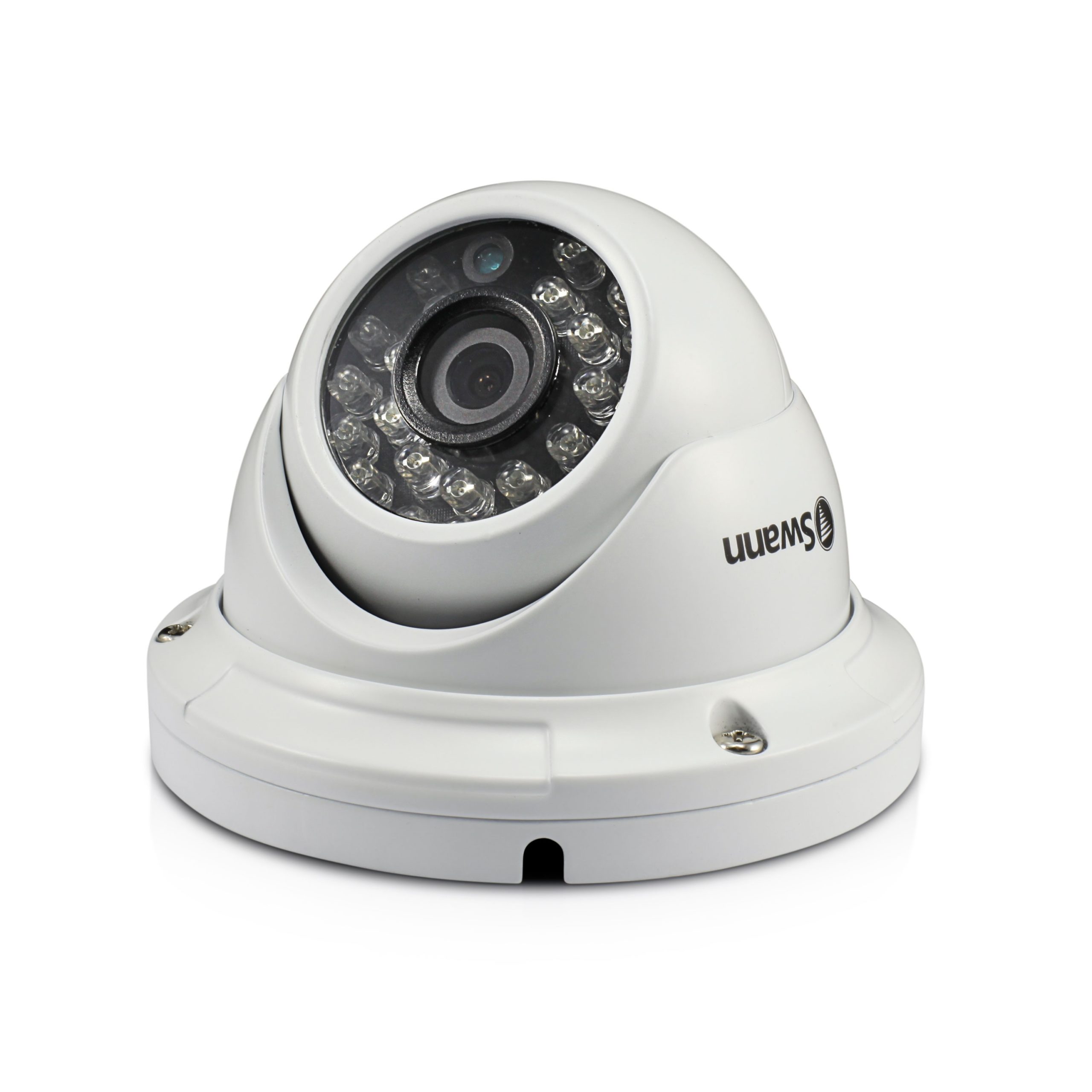Key Takeaways:
- When choosing a fleet telematics system for your construction company, make sure to look for a solution that meets your fleet management needs, seamlessly integrates with other systems you use, and is accessible on mobile devices.
- Aside from that, consider investing in a system with extensive reporting and analytics capabilities. This will empower you to monitor various aspects of fleet operations like usage patterns, fuel consumption rates, and driver behavior metrics.
- Lastly, make sure to opt for a telematics provider with a proven track record of reliability and responsive customer support.
Fleet telematics systems combine GPS tracking with vehicle/equipment sensors and fleet management software to provide a myriad of benefits for construction companies, from enhanced safety and security to lower fuel and maintenance costs.
That’s why many construction company owners and managers are interested in leveraging this versatile technology to their benefit.
However, when they go online, they’re faced with the daunting task of choosing the right fleet telematics system for their needs and budget among a seemingly endless number of options.
In this article, we’ll cover some of the essential qualities contractors or construction fleet managers should look for in a fleet telematics system.
In this article...
Adaptability to Your Needs
Construction companies are as diverse as the projects they undertake, and so are their needs when it comes to fleet management.
Therefore, when venturing to find a fleet telematics system, you should look for a solution that meets your current fleet management needs, such as:
- real-time GPS tracking,
- geofencing,
- maintenance scheduling, and
- driver behavior monitoring.
However, to be truly adaptable to your present and future needs, an effective telematics system should also:
- be easy to use so it can be seamlessly integrated into existing workflows,
- offer a range of devices for monitoring all types of construction assets for full visibility,
- provide customization options (e.g., app interface, custom data tracking and reporting), and
- be scalable, so it can grow with your business without sacrificing usability.
To illustrate all this, we’ll use our solution, GoCodes, as an example.
In a nutshell, GoCodes possesses all the above features and adaptability qualities, including the following tracking devices:

This range of trackers allows you to mix and match different tracking devices depending not only on your needs but your budget as well.
Let’s explain how this telematics-enabled system works.
The primary base of this system is patented QR code tags, which are attached to all your equipment and tools (and also to our GPS trackers and Bluetooth beacons).

When combined with cloud software in the form of a mobile app and an in-app QR code scanner, these QR code labels create a simple and affordable scan-based asset and inventory tracking and management system.
In other words, workers can use their smartphone or tablet (with the GoCodes app installed) to scan an asset tag and instantly access that asset’s info or the software’s central database of all tagged assets.

Additionally, these QR code labels possess one telematics feature:
When scanned, they will prompt the software to use the scanning device’s GPS locator to automatically record the asset’s current GPS location and show it on a map.

In terms of adaptability (and affordability), this enables you to select these GPS-enabled QR codes for tracking and managing your less costly, smaller equipment and tools, as well as inventory items like spare parts, PPE, supplies, or even construction materials.
Scannable QR code tags enable you to track who has your assets and where at all times, which minimizes cases of theft or loss and maximizes worker accountability.
Furthermore, you can now prioritize equipping your valuable vehicles and heavy equipment with our real-time GPS trackers that will allow you to:
- get real-time vehicle location updates and
- set up virtual fences (geofence) around jobsites, storage yards, or vehicle routes.

When combined with the software’s geofencing capabilities, real-time GPS trackers can help prevent theft and unauthorized use by immediately notifying fleet managers if a vehicle moves outside the predesignated zone.
This enables the manager to investigate and, in case of theft, alert the authorities while tracking the vehicle’s location, thereby facilitating its quick recovery.
Lastly, there may be some valuable equipment, such as generators, compressors, and welding machines, that doesn’t move much when on-site, but deserves an additional layer of protection and real-time job site visibility.
For such equipment, you can opt for our Bluetooth beacons that provide real-time location tracking and geofencing within a range of 300 feet (100 m).
Another adaptable quality you should be looking for in a fleet telematics system is customization options (e.g., interface, data tracking, and reporting), as well as maintenance scheduling and notification features.
Naturally, all this adaptability should be topped off with actual (not only advertised) software’s ease of use and affordability, as well as the other qualities described in this article.
Integration Capabilities
Furthermore, the fleet telematics system—GPS trackers, internal/external sensors, and fleet management software—should seamlessly integrate with other relevant systems your construction company might be using.
These integrations streamline data sharing and facilitate centralized management of fleet operations.
For instance, your company can benefit from the telematics system being integrated with other systems such as:
- construction project management software,
- accounting software,
- ERP (enterprise resource planning) software,
- route optimization software (if separate from telematics software),
- inventory management software (if separate), and
- maintenance management software (if separate).
In fact, integration capabilities are so important that a 2022 survey found that almost 75% of companies consider them very or extremely important when selecting a technology solution.

This high percentage reflects the growing understanding of companies that integrations are crucial for their software systems to be interoperable and share data among company departments and other stakeholders.
Such integrations are typically achieved by your telematics software provider offering an open application programming interface (API).
These APIs are essentially a set of programming rules and protocols that enable software solutions to seamlessly communicate with each other.

As such, APIs ensure that the relevant fleet data is automatically updated across different software tools, which saves time and reduces errors stemming from one or more systems not having the latest data.
Given all the above, one quality to look for in your fleet telematics system is definitely its ability to easily integrate with your company’s other software systems.
Mobile Accessibility
Having telematics data and insights available to fleet managers, drivers, and operators from anywhere and in real time is paramount for effective fleet management.
Simply put, the rise of internet connectivity and mobile devices like smartphones and tablets opened up a wealth of opportunities for construction companies to streamline almost all aspects of their operations, including fleet management.
In fact, 92% of construction workers and managers stated they regularly use their smartphones for work tasks like communicating with team members, submitting digital reports, reporting issues, and much more.
As for fleet management, this mobile accessibility allows fleet managers to, for example:
- remotely monitor vehicle locations,
- receive geofencing or maintenance alerts,
- review driver behavior metrics, and
- analyze fuel consumption trends.
Naturally, they can perform all these tasks via a user-friendly software interface accessible on any internet-connected device, as illustrated.

Similarly, drivers/operators can use their mobile devices to, for instance:
- receive real-time updates on assigned routes and job schedules,
- promptly report vehicle maintenance issues or safety concerns,
- access digital documentation such as work orders and instructions, and
- submit electronic forms for mileage tracking or timekeeping records.
Depending on the fleet telematics system setup (onboard diagnostics, various sensors, road- and driver-facing dashcams), they can also receive real-time alerts about route changes, traffic conditions, engine issues, or reckless driving habits.
Of course, all these mobile-enabled functionalities enhance the ability of both managers and workers to stay in the loop, make informed decisions, and quickly adapt to any changes or issues that arise.
Overall, it’s essential to ensure that your chosen fleet telematics solution is optimized for mobile use across all devices, enabling you to enhance communication, safety, compliance, and overall productivity of your fleet management operations.
Comprehensive Reporting Capabilities
A robust fleet telematics system should offer customizable reporting and analytics capabilities, empowering managers to delve deep into various aspects of fleet operations.
From vehicle usage patterns to fuel consumption rates and driver behavior metrics, these insights provide invaluable data for optimizing fleet performance and reducing operational costs.
For example, consider a construction company that utilizes a fleet of vehicles and heavy equipment across multiple job sites.
By leveraging comprehensive reporting capabilities, the fleet manager can:
- generate detailed reports on fuel consumption trends for each vehicle,
- identify inefficient driving routes or excessive vehicle/equipment idle times, and
- pinpoint instances of unsafe driving behavior.
Keep in mind that these are just a few examples of what data analytics and reporting features of your fleet telematics system can do when properly leveraged.

With telematics data at their fingertips, fleet managers can gain data-driven insights, allowing them to design and implement targeted route optimization strategies, driver training programs, or maintenance adjustments to improve overall fleet efficiency and safety.
Moreover, customizable reporting allows fleet managers to tailor reports according to specific needs or regulatory requirements.
Whether it’s generating monthly fuel expense reports, quarterly driver performance summaries, or annual depreciation calculations, the ability to create custom reports ensures that all stakeholders have access to relevant data.
In essence, comprehensive reporting capabilities provide managers with valuable insights into fleet performance, allowing them to make informed decisions on how to best optimize fleet operations, improve efficiency, and reduce costs.
Reliable Customer Support
Lastly, it’s advisable to choose a telematics provider with a proven track record of reliability and responsive customer support.
For starters, this will help you avoid telematics solutions that are still in the early stages of development although their marketing claims otherwise.
As Christian Burger, president of Burger Consulting Group, explains, there are so many construction technology startups on the global market that:
“Contractors could be thrown by well-marketed products that appear “baked, fully tested, deployed” when they’re really in an early stage”.
That’s why you should be looking for field-tested technologies provided by well-established telematics providers with a reputation for service quality and support.
For customer support, this typically includes phone, chat, and email support, free Zoom consultations, system setup assistance, and data migration services.
Moreover, you want that support to be ready to answer all your questions while you’re still looking for potential fleet telematics solutions.
This is even more important when you opt for a system, particularly during the installation of telematics devices, software system setup, and training.
Naturally, readily available online self-service sources in the form of a help center are also an integral part of reliable customer support.

Given the importance of quality support, be sure to check (or ask) what types of support and training are included in the price, and which are charged separately.
Lastly, also look for user reviews and testimonials, since many of them are related to customer support.
That way, you can assess what kind of support your short-listed software providers offer.
In summary, choosing an established and reliable telematics provider with responsive customer support is essential for ensuring the smooth implementation and functioning of your fleet telematics system.
Conclusion
To recap, it should be clear that a fleet telematics system needs much more than flashy technology and slick marketing to be truly effective.
More precisely, construction fleet managers should prioritize the qualities outlined in this article—adaptability, integration capabilities, mobile accessibility, comprehensive reporting, and reliable customer support.
When combined with robust tracking technology, these qualities can ensure that companies get the most out of their fleet telematics system, allowing them to streamline operations, maximize productivity, and minimize costs.





